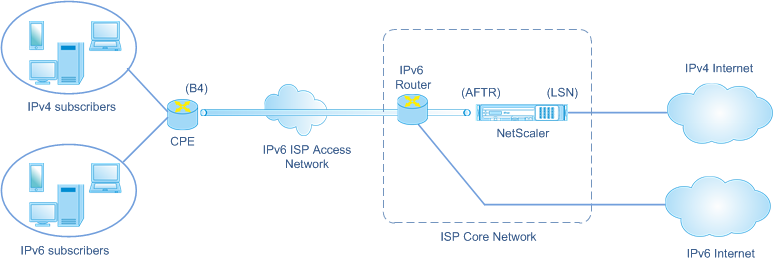DS-Lite (Dual-Stack Lite) Overview Standardized in IETF RFC 6333, the DS- Lite transition mechanism is designed to allow IPv4 cli
Internet Engineering Task Force (IETF) Y. Cui Request for Comments: 7596 Tsinghua University Category: Standards Track

Figure 1 from Performance evaluation of IPv4/IPv6 transition mechanisms: IPv4-in-IPv6 tunneling techniques | Semantic Scholar

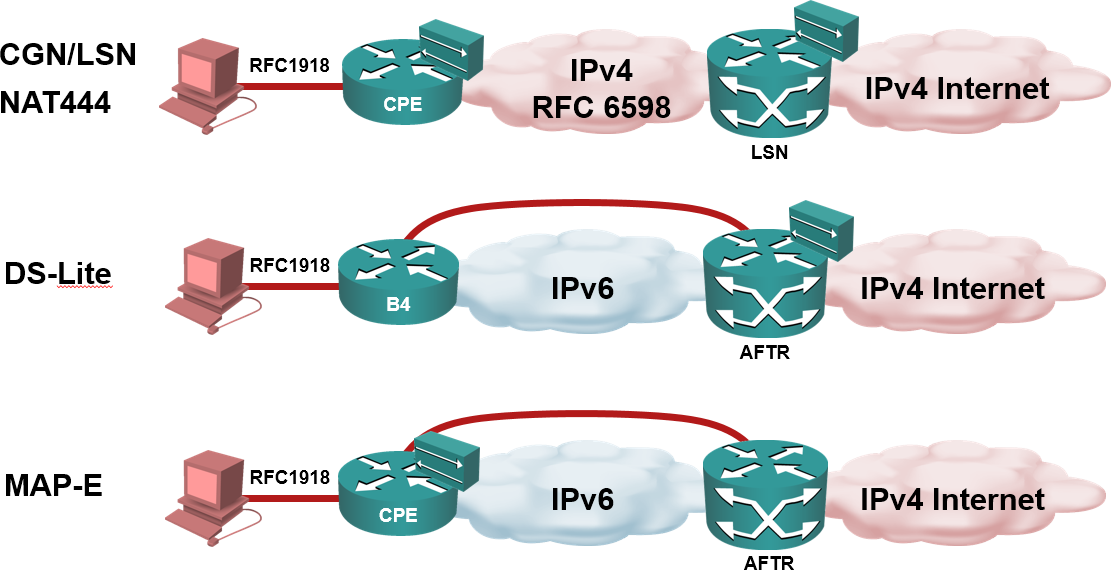
![PDF] Comparison Between IPv4 to IPv6 Transition Techniques | Semantic Scholar PDF] Comparison Between IPv4 to IPv6 Transition Techniques | Semantic Scholar](https://d3i71xaburhd42.cloudfront.net/0fd55165cb46e8c26b294dfd9b06314481c8506d/3-Figure1-1.png)
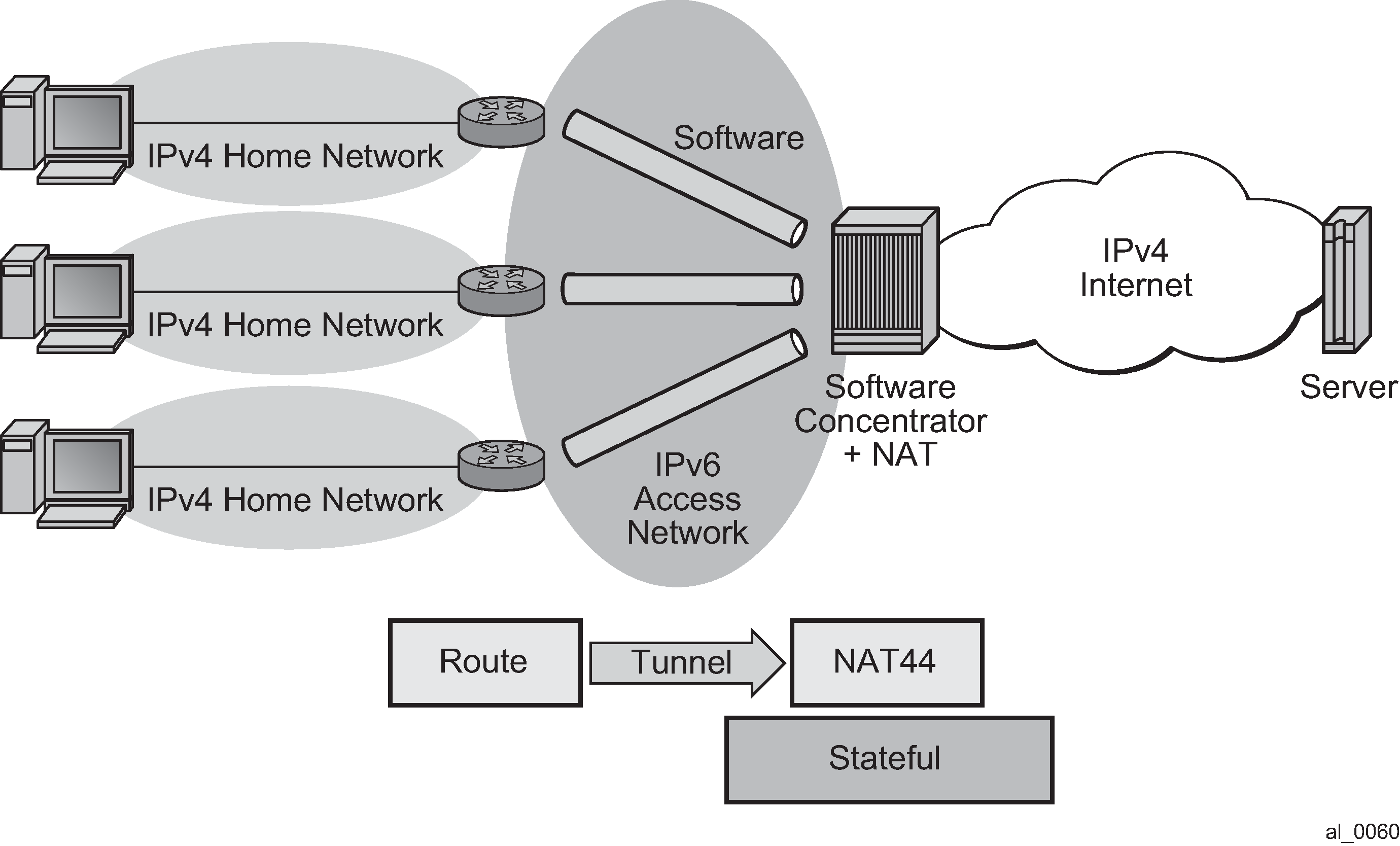


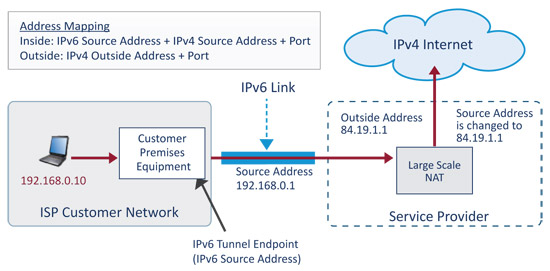
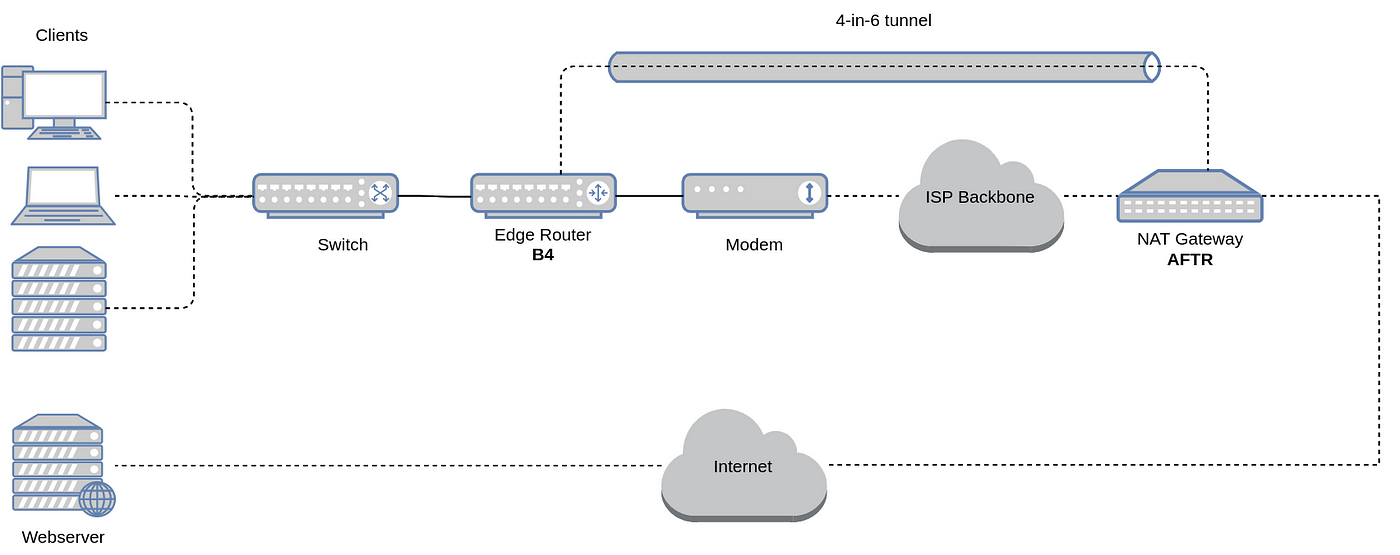



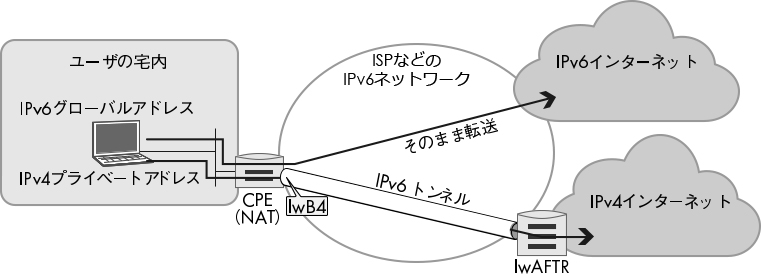
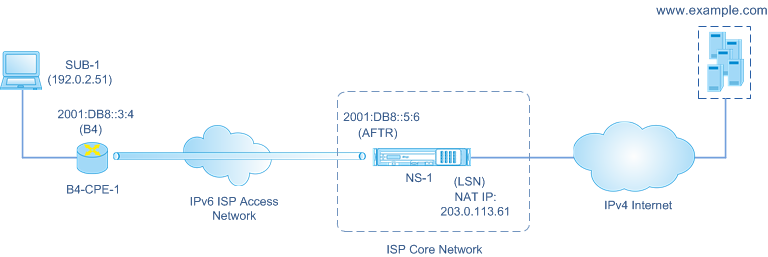
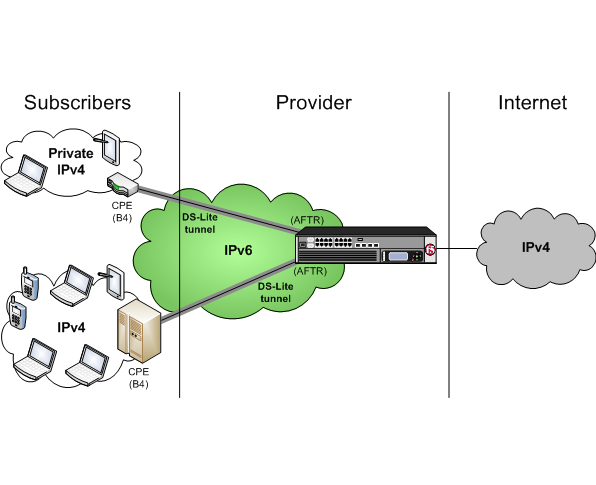


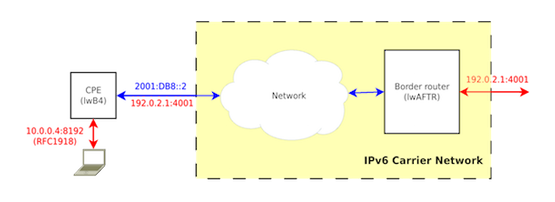
![admin:network:cgnat [~wiki] admin:network:cgnat [~wiki]](https://wiki.tilde.fun/_media/admin/network/ds-lite.png)
